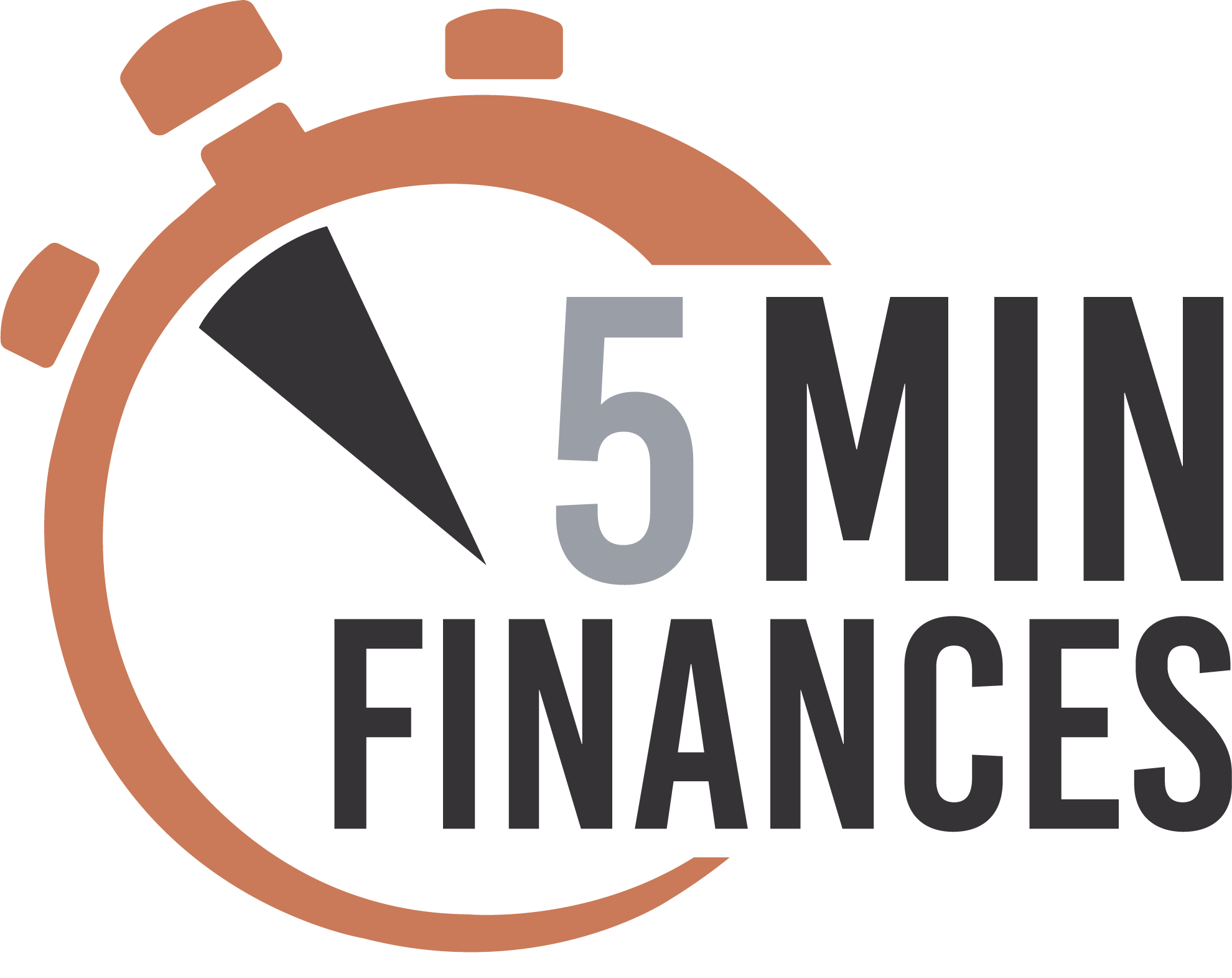
One cornerstone of a good financial plan is the Emergency Fund. Most people have heard the general rule of thumb - you should have three to six months of living expenses in cash savings.
This means that if you need $5000/month to cover all of your basic living expenses, you should have about $30,000 set aside in an easily accessible account to cover any emergencies that may come up. Most financial planners advise that building your emergency savings to this level is step number one for financial health.
At Creekmur Wealth we certainly agree on the need for this fund, but we differ somewhat on the type of account or investment that you use for this account. Currently interest rates are at all time lows. We don’t anticipate this changing any time soon due to present policies at the Federal Reserve and the Federal Government. These policies of keeping interest rates low are part of the effort to stimulate the economy as we recover from the impact of the Co-vid19 lockdown.
For investors the impact of low interest rates is that the interest earned on cash savings will be limited – perhaps as low as .03% if you use a traditional savings account. Unfortunately that means your emergency savings will not be keeping pace with inflation which is averaging over 2% each year.
When you realize that your emergency savings – the money to help you through an unexpected loss of income or large expense – is sitting in an account that doesn’t earn enough to keep pace with inflation, you will recognize a potential risk to your financial plan.
To address this risk, we would advise that you consider a “hybrid” approach to your emergency account. You will definitely want to have cash on hand, but limit that cash fund to about 3 months of your living expenses. With the other three months of emergency savings we advise our clients to open a brokerage account. In this type of account you can invest as much as you want and withdraw as much as you need without penalties. You can invest in stocks, bond, mutual funds, and ETF’s. This type of hybrid savings-investment account would be invested in our most conservative asset allocation. In this model there is a limited potential for loss, but on average returns 4-5% per year. At this time is also paying dividends and interest around 2%.
This hybrid approach will give you greater potential for earnings on your emergency savings than holding it in your checking or savings account at the bank. If you have need for more funds than your ready cash, you will be able to have some of your investments liquidated and sent to your bank account. That process takes about three days.
To determine how much of your assets you should hold in your conservative brokerage account, we would advise that you consider the stability of your job, your health, and any large upcoming expenses. After taking these into account, evaluate your need for cash immediately available and funds that you could invest but access within a few days. Keep that 50/50 approach in mind – 50% cash on hand – 50% in a conservatively invested brokerage account.
As always we’re here to talk through this or any of your financial planning questions.


